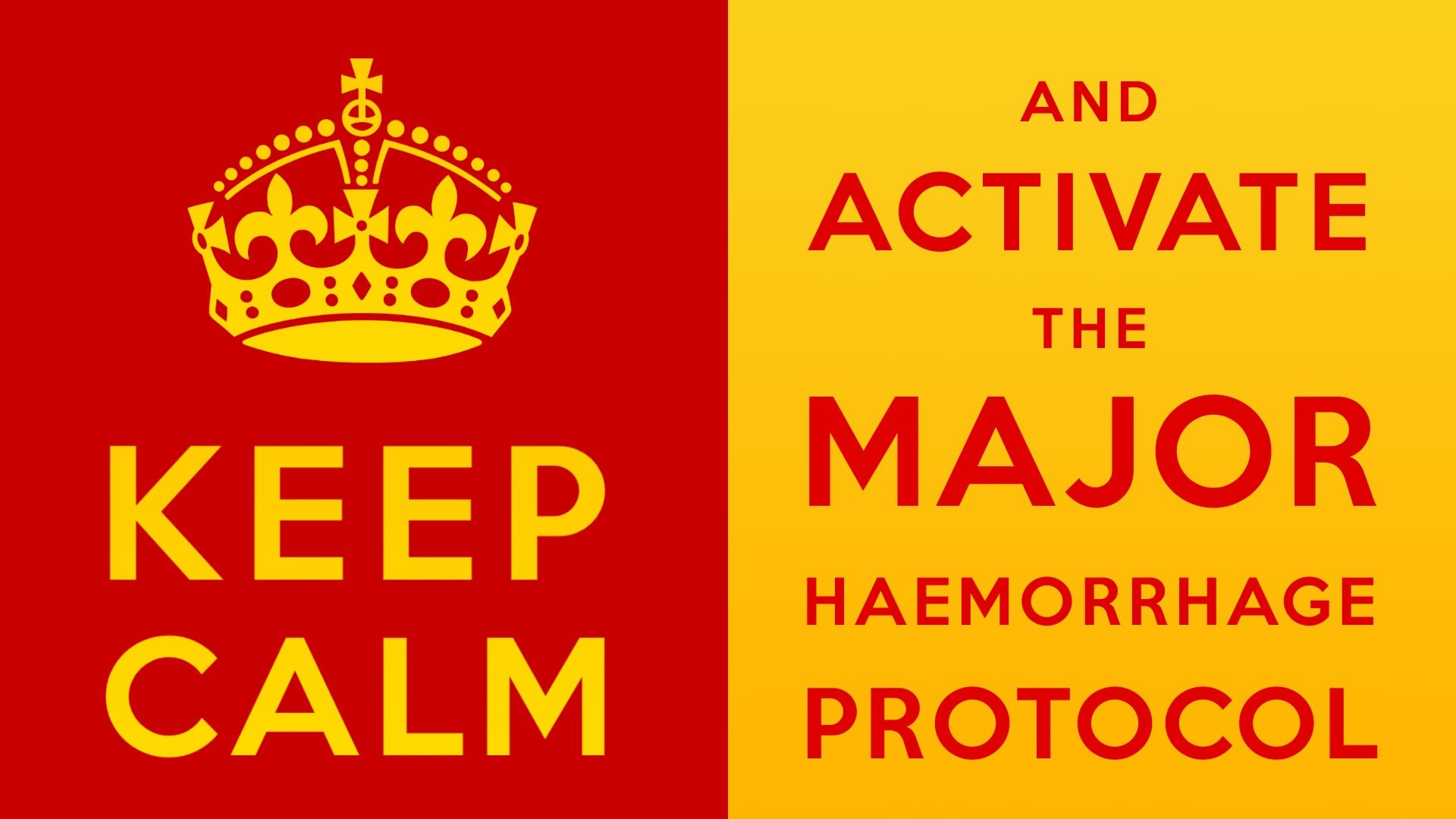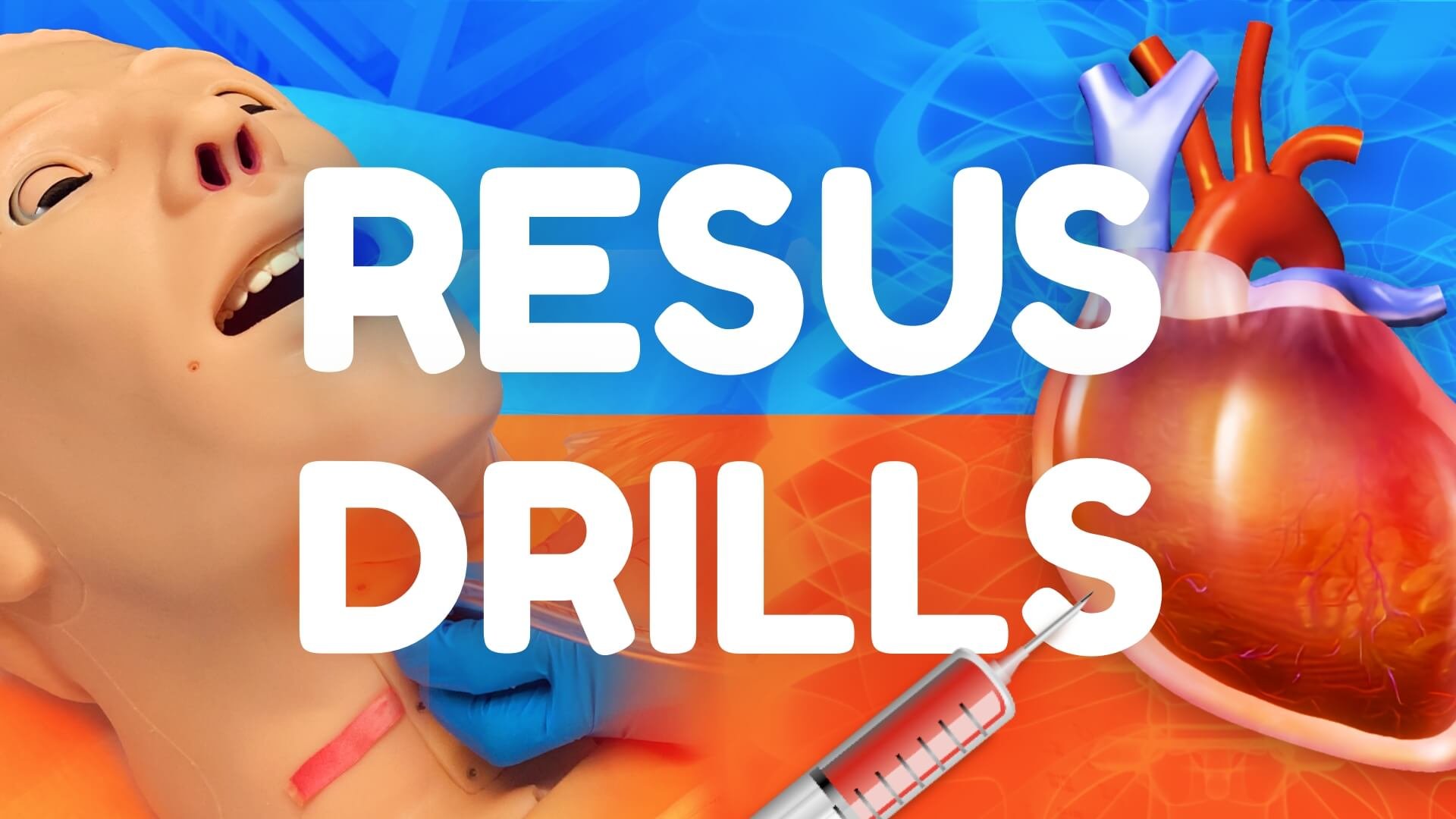Activating the Major Haemorrhage Protocol
In the Emergency Department (ED), the decision to administer blood products in response to a major haemorrhage or haemorrhagic shock can be a stressful and infrequent event for staff. At the Leicester Royal Infirmary, we have simulated drills with our ED team to practice managing such time-critical emergencies. Our simulations in the past have focused on teamwork and communication with our pre-hospital colleagues and staff within the department.
However, securing blood products requires prompt communication with our blood transfusion laboratory – usually over the phone. Such time-critical conversations are often the source of errors and delays in administering blood products to our patients. Mistakes can occur when clinicians are unfamiliar with the steps involved in activating the Major Haemorrhage Protocol (MHP) or lacking an appreciation of the laboratory technicians’ responsibilities (sometimes vice versa).
To learn more about this dynamic, we invited two senior members of our Blood Transfusion Laboratory team to join our ED staff in a short ER/Resus drill which required the activation of the MHP and prompt communication between our two departments via telephone.
Our Approach
Case title: Upper GI Bleed
Setting: Emergency Department
Patient age/sex: 52-year-old male
Diagnosis: Upper GI bleed, secondary to a variceal bleed
Equipment required?
Rapid fluid infuser, blood track devices, O2 mask, IV cannula, simulated blood products, two phones.
Staff required?
Four emergency department doctors (1x senior registrar and 3x senior house officers), 2x ED nurses, 1x HCA were present.
Our blood transfusion team (2x senior laboratory technicians) resided behind a one-way mirror looking in at the ER/Resus bay, with verbal communication occurring only by phone.
Pre-drill
“The red phone has just rung with a 3-minute warning of a 52-year old male found on the bathroom floor by his daughter vomiting copious red blood. Here is the red call sheet…”
Observations
SpO2 94%
RR 28
HR 132
BP 72/48
CRT 3 seconds
Temp 36.1°C
GCS 14/15 (E=4, V=4, M=6)
Pupils equal
Timeline of drill
Minute 1: Gloves, aprons, suction, Upper GI Bleed SOP obtained. Senior registrar in ED designates team members and uses S.E.T.U.P. (Self, Environment, Team, Update, Patient arrives).
Minutes 2 & 3: Patient arrives, semi-conscious, still vomiting red blood. Pale, mottled lips and peripheries. Senior ED registrar confirms upper GI bleed. Recognising the need for blood products – registrar instructs a junior doctor to activate the MHP. Also, requests 2x large IVs, rapid infuser, ED consultant and ITU registrar (bleeped from cubicle). Staff assigned to watch airway & suctioning.
Minute 4: Nursing staff quickly set up rapid infuser. Systolic blood pressure of 85-100 mmHg. Team Leader verbalises target BP VBG result. Observations repeated – no change. Ongoing haematemesis. Team Leader ensures ITU support, ED consultant and Gastro team has been contacted.
Minute 5: Variceal bundle started. Phone answered by Team Leader – expresses situation clearly to ITU/Gastro.
Activating the MHP
- ED doctor rings Switchboard (locally 2222) to “activate the major haemorrhage protocol”
- Switchboard bleeps the blood transfusion technicians, alerting them to phone back the callers phone in the emergency department (technicians carry this emergency bleep 24/7)
- Blood transfusion technician phones the doctor in the ED
- ED doctor informs technician of a major GI bleed in the department and asks for O-negative blood (as a time-critical infusion, cannot wait for cross-matched sample)
- ED doctor gives requested patient details and confirms that they will send TWO samples of blood for group and cross-match
- Blood transfusion technician…
- Confirms authorisation to release O-negative blood from the fridge in the ED
- Bleeps the porter to bring a replacement sample of O-negative blood from the lab to the fridge in ED, along with crossmatched blood when available.
Learning points?
Doctors
Some of our junior emergency doctors were unfamiliar with the steps involved in the MHP activation. By simulating the process in real-time with the Blood Transfusion team present, it puts these processes into sharp context for our emergency doctors.
By repeating the drill after a short debrief, our team got the chance to amend any errors made in the initial session which cemented the lessons learned from simulation.
Blood Transfusion Team
O-negative blood is a limited and precious resource that should not be administered lightly. Also, giving blood products can result in adverse events associated with transfusion (acute haemolytic transfusion reaction, anaphylaxis, transfusion-related lung injury and even air embolisms). Thus, the benefit must outweigh the risk of transfusion reactions.
Our blood transfusion team are the gatekeepers of this precious resource and won’t release blood products until correct patient information is obtained from the treating clinician over the phone. Sometimes our lab technicians that take information by phone fail to appreciate how such basic patient information may not be easily obtained in a chaotic resuscitation in the ER. This drill gave our blood transfusion team an insight into the challenges our doctors face in major haemorrhage scenarios and will help our two teams collaborate going forward.











